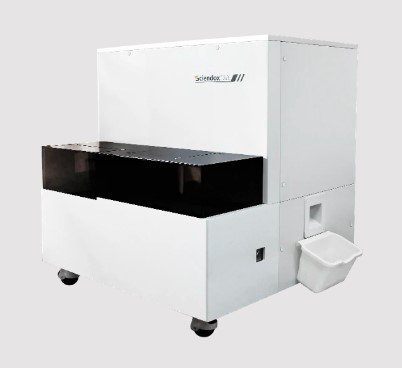Improving Access to Medical Lab and Phlebotomy Services in Rural Areas: Barriers and Solutions
Summary
- Rural areas face unique challenges in accessing medical lab and phlebotomy services
- Common barriers include limited infrastructure, shortages of healthcare professionals, and lack of transportation
- To overcome these barriers, solutions such as telehealth, mobile clinics, and workforce development initiatives can be implemented
Introduction
Rural areas in the United States often face challenges in accessing healthcare services, including medical lab and phlebotomy services. Limited infrastructure, shortages of healthcare professionals, and lack of transportation options are common barriers that contribute to health disparities in these regions. In this article, we will explore some of the common barriers to accessing medical lab and phlebotomy services in rural areas and discuss potential solutions to overcome these obstacles.
Barriers to Accessing Medical Lab and Phlebotomy Services in Rural Areas
Limited Infrastructure
Rural areas often lack the necessary healthcare infrastructure to support medical lab and phlebotomy services. This can include a shortage of medical facilities, laboratories, and equipment needed to provide these services. As a result, residents in rural areas may have to travel long distances to access essential healthcare services, including diagnostic testing and blood draws.
Shortages of Healthcare Professionals
Rural areas also face shortages of healthcare professionals, including phlebotomists and laboratory technicians. This can further limit access to medical lab services, as there may not be enough trained professionals available to perform blood draws and other Diagnostic Tests. Without an adequate workforce, rural residents may experience delays in receiving Test Results or may not have access to certain tests altogether.
Lack of Transportation
Transportation can be a significant barrier to accessing medical lab and phlebotomy services in rural areas. Residents may not have access to reliable transportation options, such as public transportation or personal vehicles, to travel to healthcare facilities for blood draws and other testing. This can result in missed appointments, delayed diagnoses, and overall poorer health outcomes for individuals living in rural communities.
Strategies to Overcome Barriers
Telehealth
Telehealth technology can help overcome barriers to accessing medical lab and phlebotomy services in rural areas. By using video conferencing and remote monitoring tools, Healthcare Providers can interact with patients, order Diagnostic Tests, and review results without the need for an in-person visit. This can help reduce the need for patients to travel long distances for testing and can improve access to care for individuals living in remote areas.
Mobile Clinics
Mobile clinics can bring medical lab and phlebotomy services directly to rural communities, increasing access to testing for residents who may not have transportation or live far from healthcare facilities. These clinics can be equipped with the necessary equipment and staff to perform blood draws, conduct Diagnostic Tests, and provide necessary healthcare services on-site. By providing care in the community, mobile clinics can help overcome barriers related to transportation and limited healthcare infrastructure.
Workforce Development Initiatives
Workforce development initiatives can help address shortages of healthcare professionals in rural areas, including phlebotomists and laboratory technicians. By offering training programs, scholarships, and incentives to attract and retain healthcare workers in underserved areas, these initiatives can help ensure that residents have access to the medical lab services they need. By investing in the healthcare workforce, rural communities can improve access to care and reduce disparities in health outcomes.
Conclusion
Accessing medical lab and phlebotomy services in rural areas can be challenging due to barriers such as limited infrastructure, shortages of healthcare professionals, and lack of transportation options. However, by implementing strategies such as telehealth, mobile clinics, and workforce development initiatives, these barriers can be overcome to reduce health disparities and improve access to care for residents in rural communities. By investing in healthcare infrastructure, workforce development, and innovative care delivery models, we can ensure that all individuals have access to the essential healthcare services they need to live healthy lives.

Disclaimer: The content provided on this blog is for informational purposes only, reflecting the personal opinions and insights of the author(s) on the topics. The information provided should not be used for diagnosing or treating a health problem or disease, and those seeking personal medical advice should consult with a licensed physician. Always seek the advice of your doctor or other qualified health provider regarding a medical condition. Never disregard professional medical advice or delay in seeking it because of something you have read on this website. If you think you may have a medical emergency, call 911 or go to the nearest emergency room immediately. No physician-patient relationship is created by this web site or its use. No contributors to this web site make any representations, express or implied, with respect to the information provided herein or to its use. While we strive to share accurate and up-to-date information, we cannot guarantee the completeness, reliability, or accuracy of the content. The blog may also include links to external websites and resources for the convenience of our readers. Please note that linking to other sites does not imply endorsement of their content, practices, or services by us. Readers should use their discretion and judgment while exploring any external links and resources mentioned on this blog.
